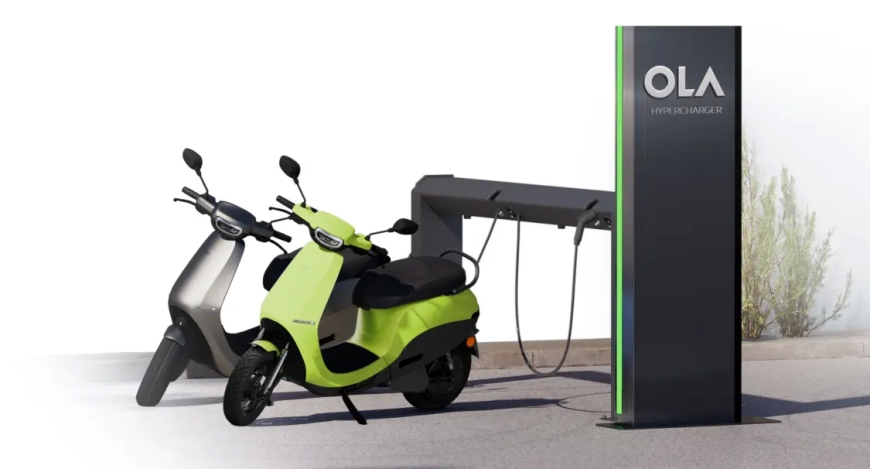India's Ola Electric shines in market debut, raises $734 million
India's largest e-scooter manufacturer, Ola Electric Mobility, made a stunning market debut on Friday, raising $734 million as investors eagerly bet on the growing demand for battery-powered vehicles.

India's largest e-scooter manufacturer, Ola Electric Mobility, made a stunning market debut on Friday, raising $734 million as investors eagerly bet on the growing demand for battery-powered vehicles. The company’s shares surged by 20% to 91.20 rupees ($1.09), significantly above their IPO price of 76 rupees ($0.90), reflecting strong confidence in the company's future.
This listing is the latest in a wave of initial public offerings (IPOs) in India, where a booming stock market has attracted significant interest from both domestic and foreign investors over the past two years. The world's fifth-largest economy has seen startups and established companies alike raising billions as they capitalize on investor appetite.
Backed by global giants such as Japan's SoftBank and Singapore's Temasek, Ola Electric has quickly established itself as a market leader in India's burgeoning electric vehicle (EV) sector. Despite the country's relatively low EV adoption rate, the market is expanding rapidly, with sales of two-wheelers, including scooters and motorcycles, far outpacing car sales.
In the fiscal year ending March 2024, fewer than 6% of the nearly 18 million two-wheelers sold in India were electric. Nevertheless, Ola Electric secured a significant portion of this market, selling 35% of all electric scooters purchased during the period. The company’s success has come despite challenges such as a lack of nationwide charging infrastructure and safety concerns, including incidents of fires in its scooters.
Ola Electric was founded in 2017 by Bhavish Aggarwal, who previously co-founded Ola Cabs, a leading ride-hailing app in India. Under Aggarwal’s leadership, Ola Electric rolled out its first scooter in 2021 and quickly gained a competitive edge over established rivals like TVS, Bajaj Auto, and Hero Electric.
The company’s rapid growth has not been without financial strain, however. Despite doubling its sales to over 329,000 units in the last fiscal year, Ola Electric reported a 7.6% increase in losses, amounting to just under $190 million. The company has reported losses for the past three years, highlighting the challenges of scaling up in a nascent market.
Aggarwal, who often playfully contrasts Ola Electric with Tesla, proclaiming "Tesla is for the West, Ola for the Rest," was jubilant following the successful IPO, marking his entry into the billionaires' club. "Our hard work has paid off and the world recognises that," he wrote on Elon Musk's social media platform X.
The Indian government has been a key player in promoting the adoption of electric vehicles, spending over a billion dollars on subsidies for electric and hybrid vehicles over the past five years as part of its efforts to reduce vehicle emissions.
Looking ahead, Ola Electric has ambitious plans to further entrench its leadership in the EV market. In 2021, the company announced a $920 million investment to build a vast electric vehicle hub in Tamil Nadu, positioning itself for long-term growth in the sector.
As Ola Electric continues to expand, its ability to balance rapid growth with financial sustainability will be closely watched by investors and industry observers alike. Despite its current losses, the company’s strong market debut and aggressive expansion plans underscore its potential to be a major player in the global electric vehicle landscape.

